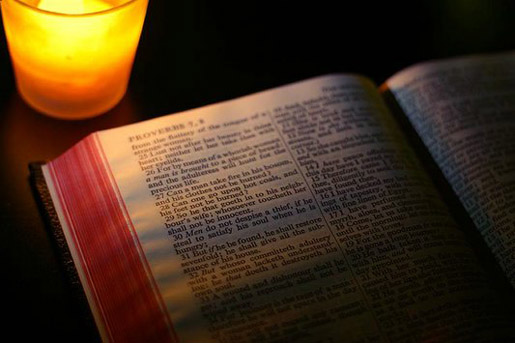
Source: Pain Doctor
Andrea Hernandez
Have you ever had a sharp pain in your ankles or shoulders when you were taking a walk in cold and rainy weather? Many people ascribe such symptoms to the effects of atmospheric pressure and humidity changes. When it is cold, there is higher pressure in the atmosphere. When it rains there is lower pressure and higher humidity.
There is no argument that our body’s tissues are stiffer in the cold. And this stiffness might be uncomfortable.
A study observed the joint paint of people with rheumatoid arthritis (RA) and osteoarthritis (OA). A pair of people lived in a chamber that controlled temperature, humidity, barometric pressure, air flow, and air ionization for a two-week period. Six of the eight people with RA and all four of the people with OA reported more pain and stiffness when humidity increased and atmospheric pressure was decreased. The small sample and short amount of time in the chamber make these findings interesting, but very preliminary.
There are alternative explanations for the association of weather changes with joint pain. For instance, it may be that a person is less likely to exercise when it is cold outside, and the lack of activity might contribute to joint pain.
https://www.webmd.com/pain-management/features/weather_and_pain#1
https://www.oline.org/open-access/effect-of-cold-weather-on-the-symptoms-of-arthritic-disease-a-review-of-theliterature-2329-9126-1000275.php?aid=82154#8
https://ac.els-cdn.com/030439599400215Z/1-s2.0-030439599400215Z-main.pdf?_tid=d372cc1a-212a-431a-91de 42d7ed05bd47&acdnat=1543609846_b25a1291cdc3f79c3981c399fff367e0
https://nyaspubs.onlinelibrary.wiley.com/doi/pdf/10.1111/j.21640947.1961.tb00760.xhttps://www.health.harvard.edu/healthbeat/the-secret-to-joint-pain-relief-exercise


